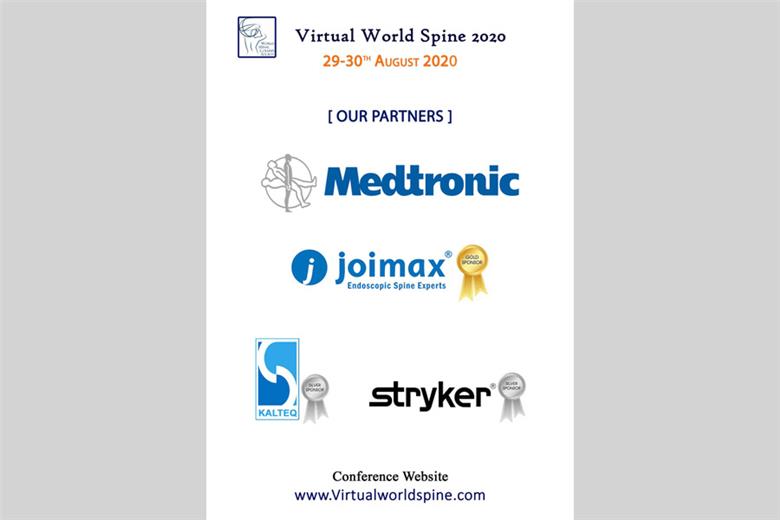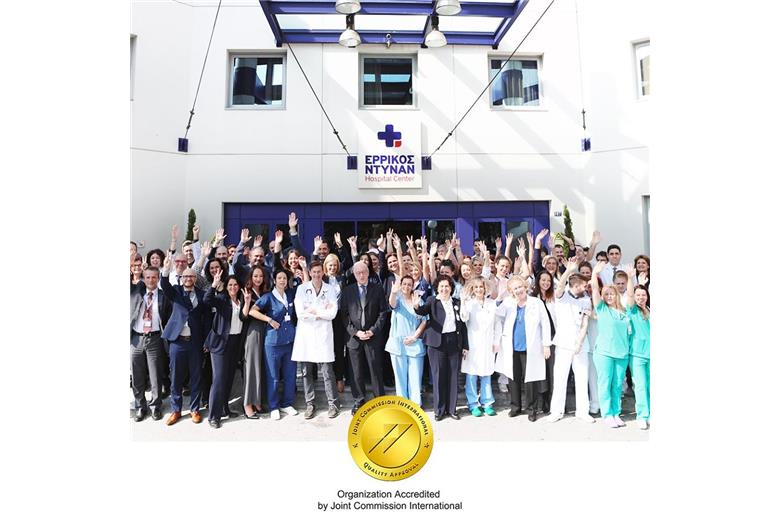This condition is a deformity of the spine. With it, your vertebrae change from a cylindrical shape to a wedge shape. Your spine may begin to curve forward. Eventually, this gives your upper back a rounded appearance.
Kyphosis
What is a kyphosis in the thoracic spine?
A kyphosis in the thoracic spine can make you more round-shouldered and unable to stand up straight. Patients usually suffer from disc infections, bone abnormalities, fractures etc. Pain from the discs may also be noticed.
Severe pain or aching are often linked with a kyphosis in the lower back or neck. Scheurmann's disorder can also lead to kyphosis. This disorder is caused when there is a severe inflammation of the discs at a younger age which tends to narrow the discs and the bones to take a wedge shape leading to kyphosis. Another cause of kyphosis may be the Hurler's syndrome.
What are the symptoms?
Some common symptoms of kyphosis are the difficulty of the patient to have a fully straight position of their back, increased round-shouldered appearance, and severe pain.
Should it be treated?
If there is severe pain, kyphosis should be treated. Also, if the pain persists to the point where the patient cannot continue his daily routine and partipate in athletics, the disorder should be treated.
Once again, the first thing the surgeon will do is take a thorough medical history of the patient in order to detect the problem and how severe it is. He will also examine the different parts of his body such as the arms, the legs, as well as the back and its shape to test if the spinal cord is working properly. Afterwards, x-rays are requested. These are necessary to see if there is a kyphosis and how bad it is. The Spine Surgeon will measure the angle of the kyphosis on the x - ray (Cobb angle). There are cases where an MRI may also be requested so that the practitioner has a clearer image of the problem.
How is it treated?
Bracing is one of the methods used to treat mild types of kyphosis. Doctors do not usually recommend this method since they feel that most patients will not wear the brace for the whole required healing time (which can be up to 23 hours a day to heal their kyphosis). As a result, the most common solution is operation.
During the operation, the practitioner uses rods and screws along with some form of bone graft in orer to improve the shape of the spine, straighten it as much as possible, and prohibit it from deteriorating or losing its shape again in the future. The aim of the operation is to stop things from worsening and to hopefully improve your appearance. Your Spine Surgeon will inform you about the risks and benefits of this type of operations.



